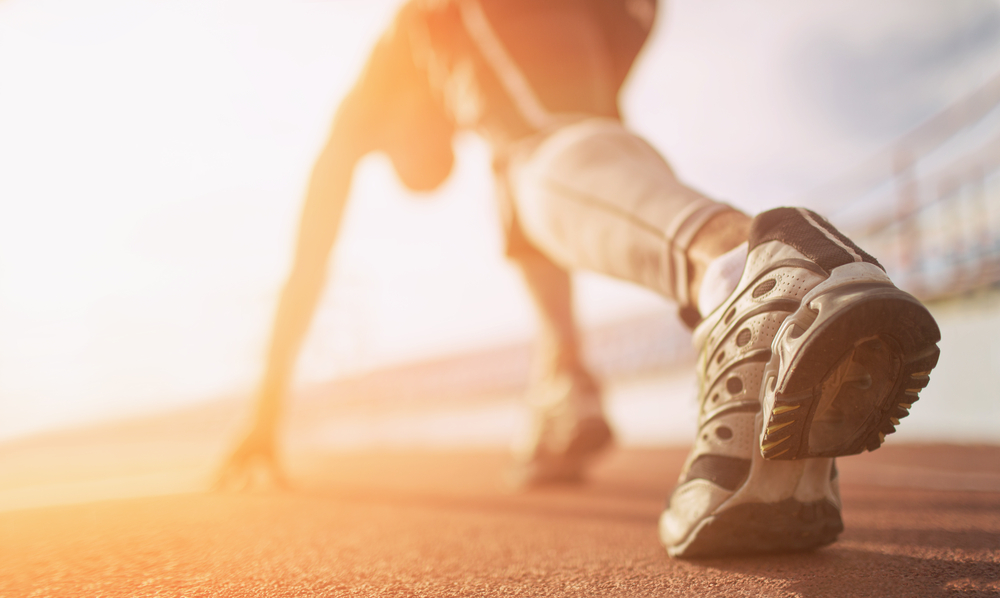
Learn About Leg Vein Problems
July 11, 2018
Are Athletes at Higher Risk of Developing Varicose Veins?
July 17, 2018If you have purple or red veins on your legs and lower extremities, you are not alone. In fact, 50-55 percent of women and 40-45 percent of men experience some type of vein issue.
These enlarged leg vessels are referred to as varicose and spider veins and are more common in certain patients or circumstances. They are usually a cosmetic concern, but in some instances, can suggest a more serious medical condition.
Here’s what patients should know about the causes and risk factors for leg veins.
What Are Spider and Varicose Veins?
Varicose veins are dilated blood vessels that have a bulging or roped appearance and can be blue, purple, or red in color.
Spider veins are smaller leg veins that look like tree branches or spider webs and are red or blue.
What Causes Leg Veins?
The veins in the legs are tasked with returning blood from the lower extremities to the heart.
To promote this circulation, leg veins have valves that prevent blood from flowing backwards. However, if these valves become weak or damaged, they can allow blood to pool in the legs or lower extremities and produce enlarged and varicose veins.
Spider veins can also be the result of blood build-up, but may also be influenced by hormones, sun exposure, and injury.
Who’s at Risk for Developing Leg Veins?
To start, increased age and genetics can significantly impact valve health and the development of legs veins. In fact, patients have a 50 percent chance of getting varicose veins if they have a family history of the condition.
Additionally, lack of movement and obesity strain veins and make returning blood from the legs to the heart more difficult. Prolonged periods of sitting or standing also pull blood back towards the lower extremities and increase the likelihood of vein enlargement.
Women are at greater risk than men for varicose veins, as estrogen may weaken vein walls and pregnancy increases blood volume and decreases circulation.
Lastly, sun damage, especially for patients with fair complexions, can lead to spider veins on the cheeks and nose.
How Can Leg Veins Be Treated?
Fortunately, there are a number of safe and effective treatments for leg veins, including compression stockings, sclerotherapy, laser treatments, endovenous therapies, and surgery.
To learn more about the causes, risk factors, and treatment of your leg veins, please call our office today to schedule a consultation.



